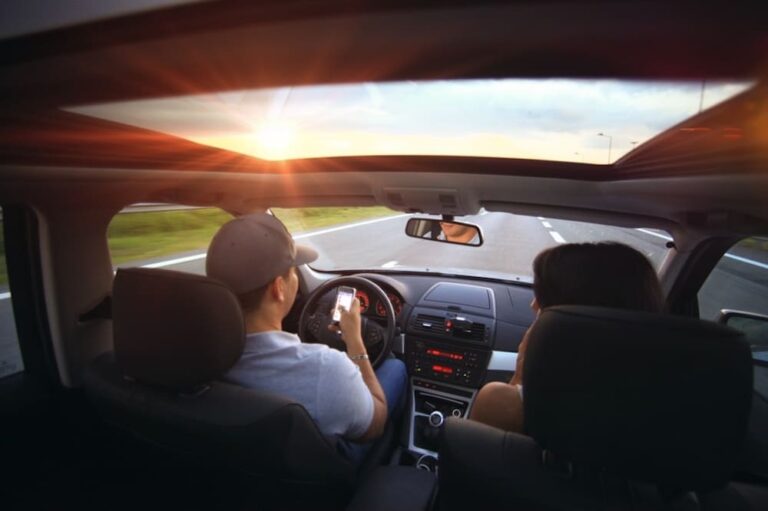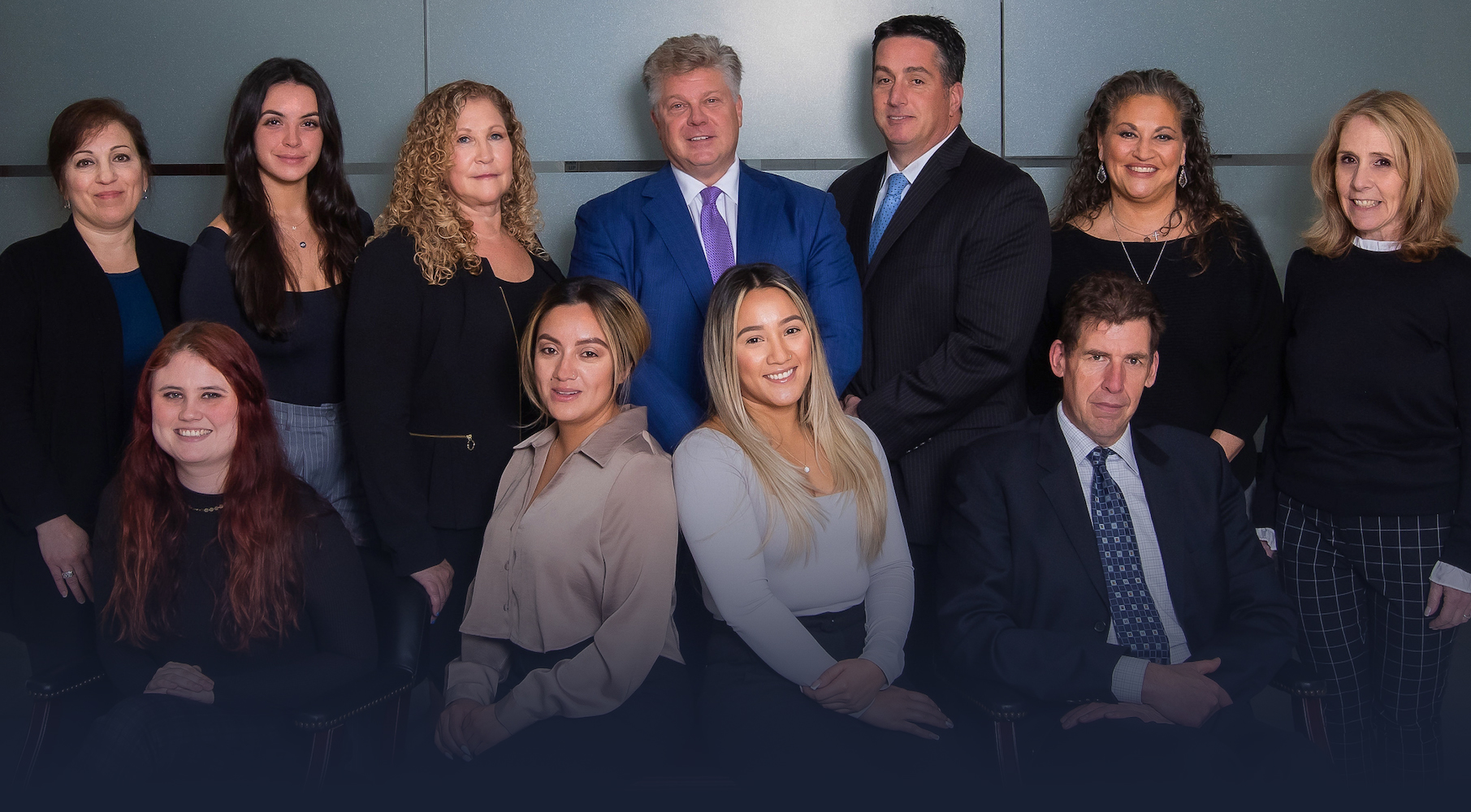Distracted driving is a leading cause of motor vehicle accidents and fatalities, with around 3,000 people every year dying as a result. While it has declined slightly over the last ten years, distracted driving still accounts for about 8% of all traffic accidents. But what exactly is distracted driving, and what makes it so dangerous?

Defining Distracted Driving
Distracted driving refers to any kind of driving while mentally or physically preoccupied with other activities. The Center for Disease Control (CDC) breaks it down into three main types: visual, manual, and cognitive.
- Visual distractions take your eyes off the road.
- Manual distractions take your hands off the wheel.
- Cognitive distractions take your mind off driving.
Regardless of the reason for the distraction, all present the same danger: it keeps you from being able to readily respond to changes on the road, increasing the risk of an accident.
Examples of Distracted Driving
These days, distracted driving is often used as a synonym for texting while driving. While it is true that texting while driving (as well as other forms of cell phone use, such as email and social media) is a major contributor to distracted driving accidents, that only accounts for a small part of the big picture. Other common examples of distracted driving include:
- Eating or drinking
- Shaving or putting on makeup
- Reading books or newspapers
- Taking a phone call
- Changing music or temperature
- Programming a GPS
- Talking to passengers
- Rubbernecking at accidents
The Effects of Distracted Driving
When a driver gets distracted, they lose the ability to quickly react to changing conditions on the road. With your attention diverted elsewhere, you are more likely not to notice the car in front of you coming to a sudden stop, or the light at an intersection turning red, or other sudden changes in traffic. This makes it more likely that you will cause a traffic accident, and increases the likelihood of severe injuries or fatalities.
Even a split second difference in reaction time can be the difference between whether an accident occurs, or make the difference between a major accident and a minor one. Keeping attentive is an important way to protect your safety and the safety of your passengers. In addition, avoiding distracted driving can help you if you do get into an accident, since it will make it harder for anyone else involved in the accident to pin the blame on you. However, if you do get into an accident, you should still speak to a lawyer who can advise you on your legal options.
If you or a loved one have been injured in a motor vehicle accident, you should seek out the auto accident lawyers at Zlotolow & Associates. Our seasoned New York personal injury attorneys bring more than two decades of trial experience to your case. We serve all five boroughs of New York City, as well as Nassau and Suffolk County. Our aggressive personal injury attorneys always demand maximum compensation. We have helped thousands of clients recover through settlements and courtroom verdicts.



